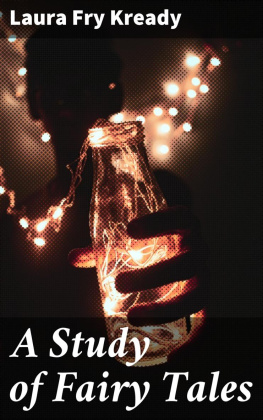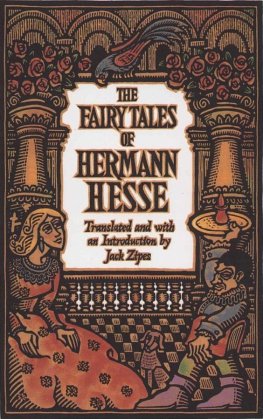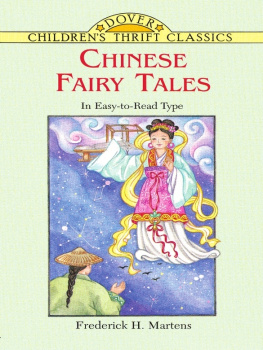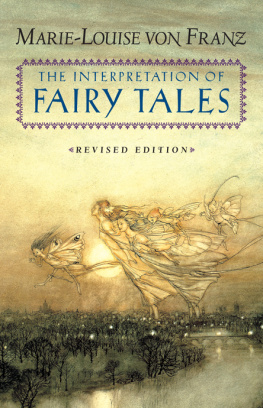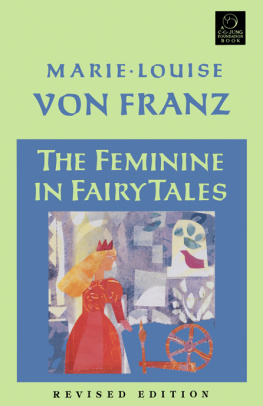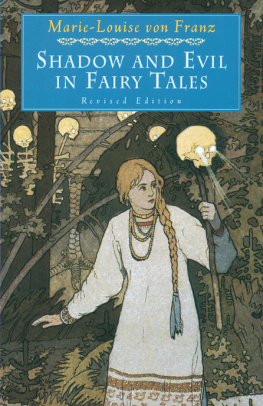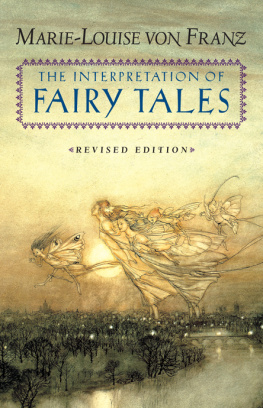PREFACE
Table of Contents
One of the problems of present-day education is to secure for theentire school system, from the kindergarten to the university, acurriculum which shall have a proved and permanent value. In thiscurriculum literature has established itself as a subject ofunquestioned worth. But children's literature, as that distinctportion of the subject literature written especially for children orespecially suited to them, is only beginning to take shape and form.It seems necessary at this time to work upon the content of children'sliterature to see what is worthy of a permanent place in the child'sEnglish, and to dwell upon its possibilities. A consideration of thissubject has convinced me of three points:
(1) that literature in the kindergarten and elementary school should be taught as a distinct subject, accessory neither to reading nor to any other subject of the curriculum, though intimately related to them;
(2) that it takes training in the subject to teach literature to little children;
(3) that the field of children's literature is largely untilled, inviting laborers, embracing literature which should be selected from past ages down to the present.
A single motif of this children's literature, Fairy Tales, is herepresented, with the aim of organizing this small portion of thecurriculum for the child of five, six, or seven years, in thekindergarten and the first grade. The purpose has been to show thisunit of literature in its varied connection with those subjects whichbear an essential relation to it. This presentation incidentally mayserve as an example of one method of giving to teachers a course inliterature by showing what training may be given in a single motif,Fairy Tales. Incidentally also it may set forth a few theories ofeducation, not isolated from practice, but united to the everydayproblems where the teacher will recognize them with greatestimpression. In the selection of the subject no undue prominence ishereby advocated for fairy tales. We know fairy tales about which wecould agree with Maria Edgeworth when she said: "Even if children doprefer fairy tales, is this a reason why their minds should be filledwith fantastic visions instead of useful knowledge?" However, there isno danger that fairy tales will occupy more than a fair share of thechild's interest, much as he enjoys a tale; for the little child'smain interest is centered in the actual things of everyday life andhis direct contact with them. Yet there is a part of him untouched bythese practical activities of his real and immediate life; and it isthis which gives to literature its unique function, to minister to thespirit. Fairy tales, in contributing in their small way to this highservice, while they occupy a position of no undue prominence,nevertheless hold a place of no mean value in education.
In the study of fairy tales, as of any portion of the curriculum or asin any presentation of subject-matter, three main elements must uniteto form one combined whole: the child, the subject, and the teachingof the subject. In behalf of the child I want to show how fairy talescontain his interests and how they are means for the expression of hisinstincts and for his development in purpose, in initiative, injudgment, in organization of ideas, and in the creative returnpossible to him. In behalf of the subject I want to show what fairytales must possess as classics, as literature and composition, and asshort-stories; to trace their history, to classify the types, and tosupply the sources of material. In behalf of the teaching of fairytales I want to describe the telling of the tale: the preparation itinvolves, the art required in its presentation, and the creativereturn to be expected from the child.
In the consideration of the subject the main purpose has been torelate fairy tales to the large subjects, literature and composition.From the past those tales have come down to us which inherentlypossessed the qualities of true classics. In modern times so fewchildren's tales have survived because they have been written mainlyfrom the point of view of the subject and of the child without regardto the standards of literary criticism. In the school the teaching ofliterature in the kindergarten and elementary grades has beenconducted largely also from the point of view of the child and of thesubject without regard to the arts of literature and composition. Inbookshops counters are filled with many books that lack literary valueor artistic merit. The object in this book has been to preserve thepoint of view of the child and of the subject and yet at the same timerelate the tale to the standards of literature and of composition. Theobject has been to get the teacher, every time she selects or tells atale, to apply practically the great underlying principles ofliterature, of composition, and of the short-story, as well as thoseof child-psychology and of pedagogy.
This relating of the tale to literary standards will give to theteacher a greater respect for the material she is handling and aconsequent further understanding of its possibilities. It will revealwhat there is in the tale to teach and also how to teach it. Inteaching literature as also other art subject-matter in thekindergarten and first grade, the problem is to hold fast to theprinciples of the art and yet select, or let the child choose,material adapted to his simplicity. As the little child uses analysisbut slightly, his best method of possessing a piece of literature isto do something with it.
The fairy tale is also related to life standards, for it presents tothe child a criticism of life. By bringing forward in high light thecharacter of the fairy, the fairy tale furnishes a unique contributionto life. Through its repeated impression of the idea of fairyhood itmay implant in the child a desire which may fructify into that pure,generous, disinterested kindness and love of the grown-up, which aimsto play fairy to another, with sincere altruism to make appear beforehis eyes his heart's desire, or in a twinkling to cause what hithertoseemed impossible. Fairy tales thus are harbingers of that helpfulnesswhich would make a new earth, and as such afford a contribution to thereligion of life.
In stressing the history of fairy tales the purpose has been topresent fairy tales as an evolution. The kindergarten and first-gradeteacher must therefore look to find her material anywhere in the wholefield and intimately related with the whole. Special attention hasbeen placed upon the English fairy tale as the tale of our language.As we claim an American literature since the days of WashingtonIrving, the gradual growth of the American fairy tale has beenincluded, for which we gratefully acknowledge the courtesy of theLibrarian of the United States Bureau of Education and theBibliographer of the Library of Congress. A particular treatment ofsome North American Indian folk-tales would also be desirable. But astudy of these tales reveals but one unimportant pourquois tale, ofsufficient simplicity. This study of the natural history of the fairytale as an art form is not necessary for the child. But for theteacher it reveals the nature of fairy tales and their meaning. It isan aid to that scholarly command of subject-matter which is the firstessential for expertness in teaching. Only when we view the Americanfairy tale of to-day in the light of its past history can we obtain acorrect standard by which to judge of its excellence or of its worth.


